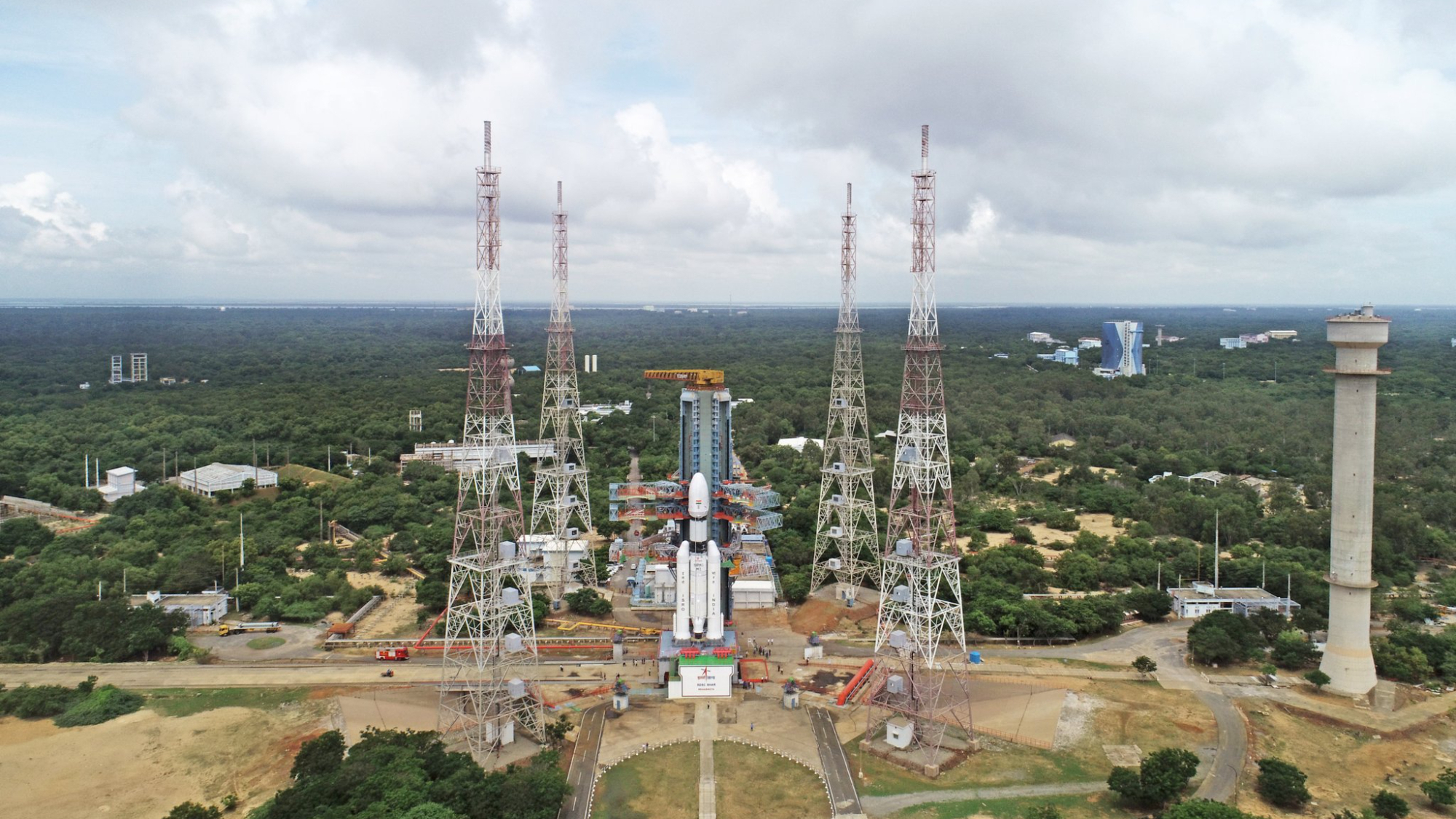March equinox 2022 brings spring to Northern Hemisphere as Earth's seasons change
March's equinox comes today, marking the beginning of spring. The days will get longer for the next few months.

Astronomical spring is on the rise in the Northern Hemisphere during the equinox, which arrives today (March 20).
The March equinox officially lands at 11:33 a.m. EST (1633 GMT), when our planet reaches the spot in its orbit when its axis is not tilted with respect to the sun. Both the Northern and Southern Hemispheres will have the same amount of sunshine in the next 24 hours.
It's because of the Earth's axis that we experience the seasons. The axis is tilted by 23.5 degrees with respect to the plane of our orbit. The Earth, moon and major planets of our system all orbit on the same approximate plane, known as the ecliptic.
Earth takes about 365 and a quarter days to orbit the sun. The axis, which runs between our north and south poles, results in seasonal changes in different parts of the globe. So as spring and then summer rises in the north, you will see the south experiencing fall and then winter.
Daylight is equal in most zones of the world today, at exactly 12 hours, but observers on the equator will get to see the sun directly overhead during noon. If you happen to be at the South Pole, enjoy the sunlight before the disc disappears before the horizon for the fall.
Other parts of the Southern Hemisphere will see daylight diminishing, which will mean the weather will start to draw colder as winter approaches. Northern observers will see daylight continuing to increase in the coming months, which will be accompanied by warmer weather.
Related: Twilight and the myths of the equinox and 6-month polar night
Breaking space news, the latest updates on rocket launches, skywatching events and more!
The next astronomical milestone to watch for in the Northern Hemisphere is the summer solstice, which happens on June 21 at 5:14 a.m. EDT (0914 GMT). The tilt of the Earth's axis will then create the longest day in the Northern Hemisphere; the days will get shorter from that point.
In the Southern Hemisphere, the same day (June 21) will mark the winter solstice, which will result in the shortest day of the year. From there, the days will start to get longer.
Follow Elizabeth Howell on Twitter @howellspace. Follow us on Twitter @Spacedotcom and on Facebook.
Join our Space Forums to keep talking space on the latest missions, night sky and more! And if you have a news tip, correction or comment, let us know at: community@space.com.

Elizabeth Howell (she/her), Ph.D., was a staff writer in the spaceflight channel between 2022 and 2024 specializing in Canadian space news. She was contributing writer for Space.com for 10 years from 2012 to 2024. Elizabeth's reporting includes multiple exclusives with the White House, leading world coverage about a lost-and-found space tomato on the International Space Station, witnessing five human spaceflight launches on two continents, flying parabolic, working inside a spacesuit, and participating in a simulated Mars mission. Her latest book, "Why Am I Taller?" (ECW Press, 2022) is co-written with astronaut Dave Williams.
